Karuizawa Museum of History and Culture
End of October. I visited the Karuizawa Museum of History and Culture. The Paul Jacoulet exhibition held here will close on the 31st of October.

I went to see the exhibition two years ago when it was held at the Karuizawa Oiwake-shuku Local Museum, and it was the first time since then that I had seen Jacoulet’s work.
'm a lazy person, so I tend to rush to exhibitions just before they close, and this time it was just in time too. (And as usual, I end up even more late in writing on my blog.)
Paul Jacoulet (1896-1960) was born in France, came to Japan when he was three years old and lived there ever since. He started publishing prints at the age of 38 and drew people from various countries including the South Seas, Japan, Korea and China.
The work used in this year’s leaflet is 'Mysterious Pacific, South Seas’, published in 1951.
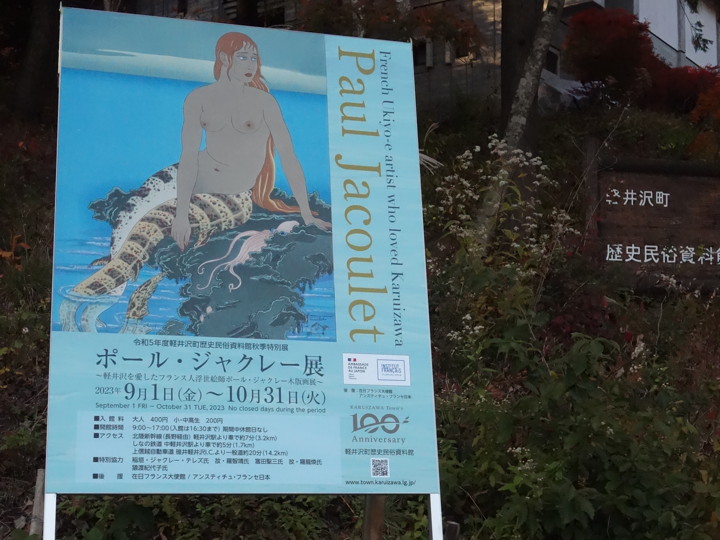
The prints produced by Jacoulet were called 'Shin-hanga (new prints)’, in which the drawing, engraving and printing were done by different specialists.
The list of works shows that the engraver of the above work was Kentaro Maeda and the printer was Tetsunosuke Honda.
The Jacoulet exhibition was held only in one room of the museum, so there were 19 works and three woodblocks on display. The oldest work on display was made in 1934 and the newest in 1958.
Looking at the colors of the works, I had the impression that the color atmosphere was different depending on the period. The most noticeable were blue and light blue. After the war, I felt that cerulean blue was used, but before the war, it seemed to be indigo blue. I wondered if the type of paint had changed or increased between the pre-war and post-war periods. (I haven’t researched it, so I have no evidence. I may be off the mark.)
I couldn’t see it, but there was a Jacoulet exhibition here last year too.
The museum says that they will continue to hold an exhibition of Jacoulet’s work every autumn, replacing his works in the future. (Scheduled for September-October).
Photography was not allowed at the Jacoulet exhibition, but there were some permanent exhibits at the museum where photography was not prohibited.
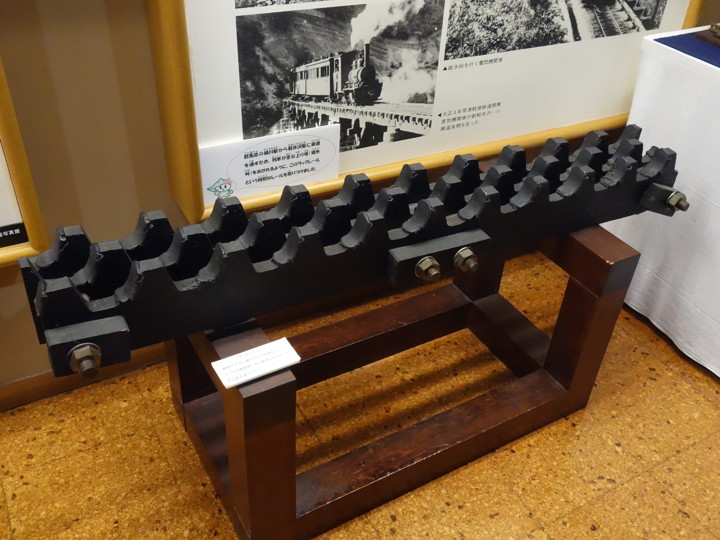
This is a rack rail used on the apt-type railway.
The railway construction work over the Usui Pass started in June 1891 and was completed in December 1892. (The railway opened in April 1893.)
The railway was opened by the introduction of the rack systems. But as many as 500 people died as a result of the construction work.
Another exhibition that was held this time was the 'Historical exhibition with photos and postcards – Karuizawa’s past and present’, which is also my favorite type of exhibition.
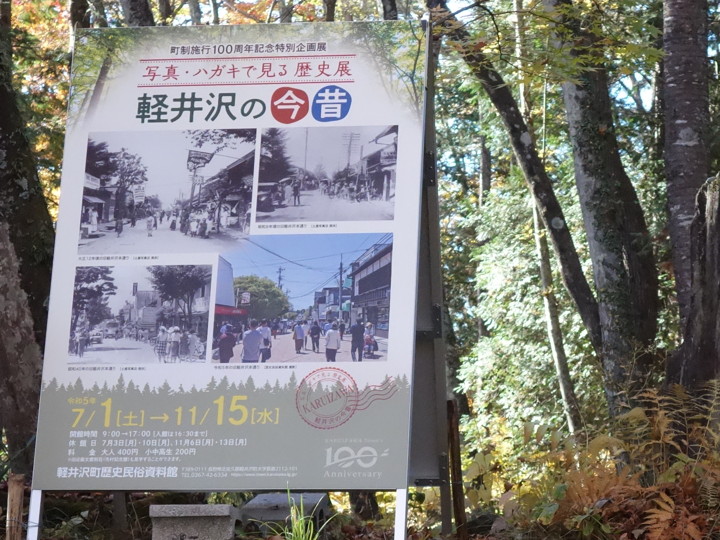
Most of the other visitors were with their families, and they were happily talking about various things while looking at the photos. I was alone, so I was just looking at the photos by myself.
I thought it was the “right" way to look at this exhibition to talk with people while looking at the photos. I was envious simply.
I would also like to add that I personally thought it was a bit disgusting that a few digitally colored photographs were also displayed in this exhibition. I don’t like it.
I don’t think it’s a good idea for museums to display post-colored photographs like historical documents.
When we enter this museum, we can also enter the former Konoe Fumimaro’s Villa, which is located close by.
I will write about that in my next article.
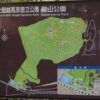
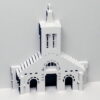

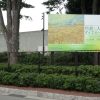
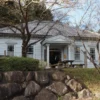
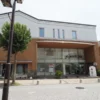
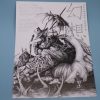
Discussion
New Comments
No comments yet. Be the first one!